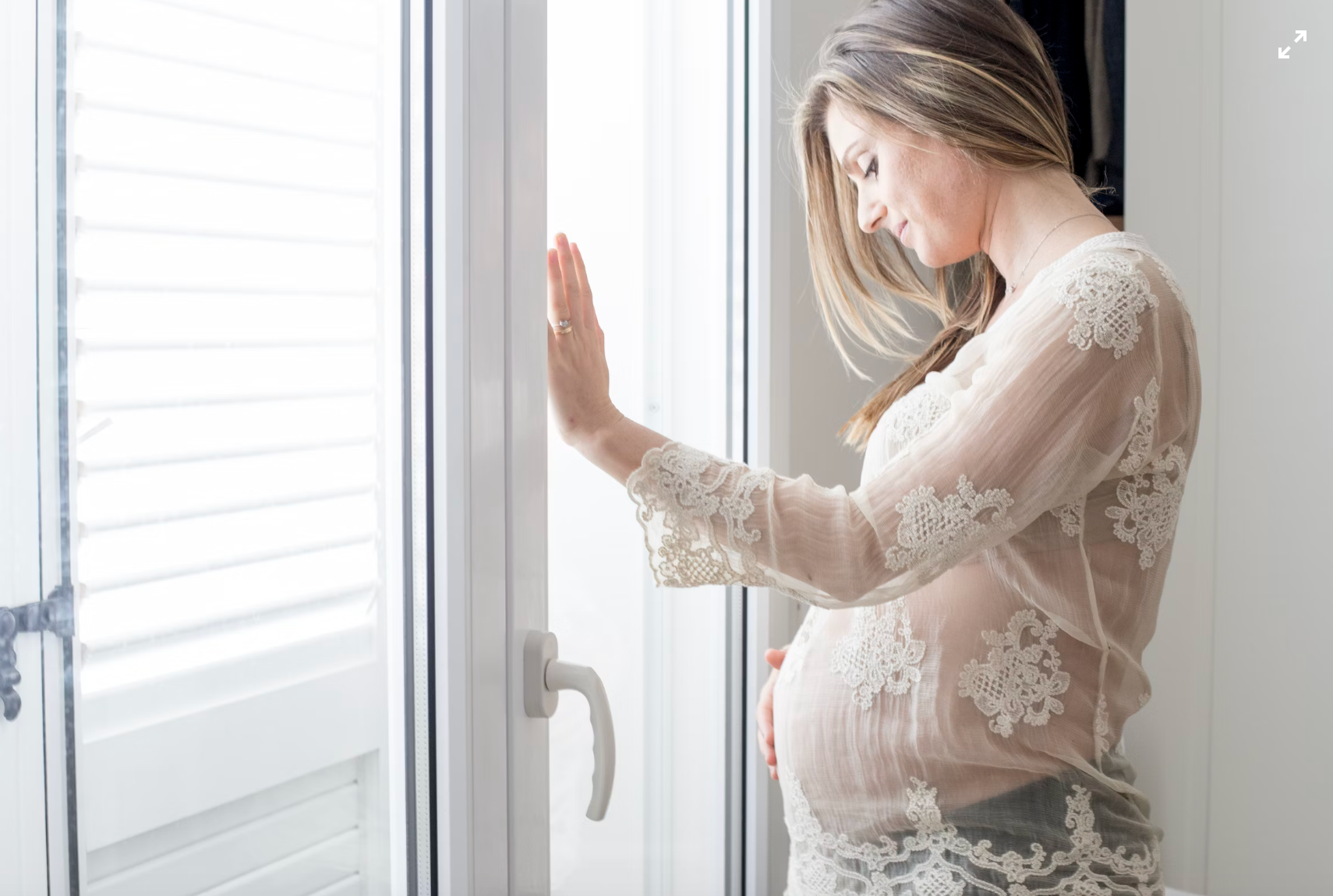Morality Rates of Pregnancy and Postpartum Drug Increases During COVID-19 Pandemic
From 2018 to 2021, the deaths among U.S. pregnant and postpartum women aged 35 – 44 years old more than tripled, a new study found.
Credit: Unsplash

Pregnancy-associated overdose deaths among women aged 10 – 44 years old consistently increased from 2018 to 2021, according to new research.1
From 2018 through the COVID-19 pandemic, the overall overdose-related deaths significantly increased. According to the Centers for Disease Control and Prevention (CDC) in 2020, 91,799 people died from drug overdose. The number marks a 30% increase from 2019.2 Despite the higher number of overdose deaths, limited research existed on trends in pregnancy-associated deaths from drug overdoses.1
The cross-sectional exploratory study, led by Beth Han, MD, PhD, MPH, of the National Institute on Drug Abuse at National Institutes of Health in Bethesda, Maryland, aimed at examining sociodemographic characteristics among women with pregnancy-associated drug overdose deaths. The team examined pregnancy timing, age, race and ethnicity, education level, and marital status, obtained from the National Center for Health Statistics. The investigators specifically compared overdose decedents with obstetric decedents and overdose decedents who were not pregnant in the past year.
“Our results suggest that increases in pregnancy-associated overdose mortality reflect the persistent US overdose crisis, especially during the COVID-19 pandemic,” the investigators wrote.
The study included 1457 pregnant and postpartum women who died from overdose, 4796 women who died from pregnancy non-overdose-related, and 11,205 non-pregnant females aged 10 – 44 years who died from an overdose. The team considered pregnancy-associated deaths as either females who died during pregnancy, were pregnant within 42 days before death (postpartum) or were pregnant within 43 days to a year (long postpartum period).
Han and colleagues found deaths more than tripled among pregnant and postpartum women aged 35 – 44 years old. For instance, for women aged 35 – 44 years old, the morality ratio increased from 4.9 per 100,000 mothers in January to June 2018 (95% CI, 3.0 – 8.0) to 15.9 per 100,000 mothers in July to December 2021 (95% CI, 12.3 – 20.4). Women 10 – 34 years old were more likely to die from pregnant-associated overdose than just pregnant women (75.4% vs 59.5%).
For each age group, the increased odds of death were:
- 10 – 24 years old – 1.8 (95% CI, 1.3 – 2.5)
- 25 – 34 years old – 2.2 (95% CI, 1.7 – 2.8).
When examining mothers aged 10 – 44 years old, late postpartum overdose ratios doubled from 3.1 (95% CI, 2.3 – 3.9) in January to June 2018 to 6.1 (95% CI, 5.0 – 7.2) in July to December 2021 (95% CI, 2.3 – 24.0; P = .02).
The team also observed pregnancy obstetric mortality ratios increased from 10.5 in June 2020 (95% CI, 8.9 – 12.0) per 100,000 mothers to 16.6 in December 2021 (95% CI, 14.7 – 18.4).
Other than age, the investigators compared education level, marriage status and location of death. The investigators found non-college graduates had a higher increase of mortality odds. For some college education, odds of death were 2.7 (95% CI, 1.7 – 4.3), but for less than a high school education, the odds were 3.9 (95% CI, 2.4 – 6.1).
Being unmarried had an 88% higher likelihood of dying; the likelihood of dying married was 62.1% (95% CI, 3.7 – 6.0).
Moreover, females had a higher likelihood of dying outside of their home but in a non-health care setting, with the odds being 2.5 (95% CI, 1.8 – 3.6). On the other hand, the investigators observed a decreased odds of dying in health care setting (0.1; 95% CI, 0.1 – 0.1) and hospital inpatient settings (0.4; 95% CI, 0.3 – 0.6) such as the emergency room.
“Most pregnancy-associated overdose deaths occurred outside health care settings, indicating the need for strengthening community outreach and maternal medical support,” the investigators wrote.
When looking at ethnicities, the team noted non-Hispanic American Indian or Alaska Native mothers in 2018 to 2019 and 2020 to 2021.Then, as for age, women aged 35 – 44 years old had higher mortality rates than younger age groups.
Pregnant overdose decedents were associated with increased odds of 75.4% compared to 48.35% for non-pregnant overdose decedents (3.2; 95% CI, 1.7 – 4.1) for ages 25 to 34 years to (3.3; 95% CI, 2.5 – 4.4) for ages 10 to 24 years.
“We further found that pregnant and postpartum overdose decedents differed from obstetric decedents and nonpregnant overdose decedents in sociodemographic characteristics and place of death at the individual level and relevant health care resources at the county and state levels,” the investigators wrote.
The team later stated 60% to 73% of pregnant and 74% of non-pregnant overdose individuals died at home or other non–healthcare locations.
“These findings are consistent with the phenomenon that overdose deaths occur frequently at drug-consumption locations," the investigators added.
Pregnant overdose decedents were more associated than non-pregnant overdose decedents of residing in a county with deep poverty. Though, early postpartum overdose decedents were associated with an increased odds of living in a county with no general hospital.
The team noted they used US mortality data, which did not include health insurance, family income, and employment status—and thus the story could not examine these factors.
“Health insurance status, income inequality, poverty, mistrust in the health care system, stigma, bias, and cultural and language issues may be barriers to health care access for pregnant and postpartum decedents from obstetric causes,” the investigators wrote. “These social determinants of health need to be urgently addressed.”
References
- Han B, Compton WM, Einstein EB, Elder E, Volkow ND. Pregnancy and Postpartum Drug Overdose Deaths in the US Before and During the COVID-19 Pandemic. JAMA Psychiatry. Published online November 22, 2023. doi:10.1001/jamapsychiatry.2023.4523
- Mattson, C, Kumar, S, Tanz, L. SURDORS Data Brief 1. Centers for Disease Control and Prevention. June 2022. https://www.cdc.gov/drugoverdose/databriefs/sudors-1.html. Accessed November 27, 2023.